When it comes to sewing, beginners often wonder whether backstitching is necessary or just an optional step. The short answer is yes, backstitching is an essential technique that offers several benefits to your sewing projects. Let’s delve into why it’s important and how to do it correctly.
What is Backstitching?
Backstitching is a technique used in sewing to secure the beginning and end of a stitch. It involves sewing a few stitches backward and then continuing forward in the desired direction. This creates a strong and secure seam that prevents unraveling and adds longevity to your sewing projects.
The Importance of Backstitching
There are several reasons why backstitching is crucial in sewing projects:
- Strengthens Seams: Backstitching reinforces the seams, preventing them from coming apart under tension or stress. It provides extra support to the area where the thread starts and ends, making your sewing much sturdier.
- Prevents Unraveling: Without backstitching, your stitches may easily unravel over time due to washing, wear, or handling. Backstitching acts as a barrier, preventing the thread from pulling out and ensuring your seams remain intact.
- Professional Finishing: Backstitching gives your sewing projects a more polished and professional appearance. It provides a clean start and finish to your stitching, making it look neat and tidy.
- Easy Removal of Basting Stitches: Backstitching helps you differentiate between permanent stitches and basting stitches. Basting stitches are temporary and used for fitting or holding fabric layers together before final stitching. By backstitching at the beginning and end of your seams, you can easily identify and remove the basting stitches without accidentally undoing the permanent ones.
How to Backstitch
Here’s a step-by-step guide to correctly backstitch when sewing:
- Start stitching as usual, but before you begin your regular stitch, sew in reverse for a few stitches.
- Continue sewing forward in the desired pattern.
- When reaching the end of your stitching line, reverse your sewing machine (if using one) or manually sew backward for a few stitches again.
- Cut the thread, leaving a tail for securing.
It’s important to note that backstitching is not only required for machine sewing but also hand sewing. When hand sewing, simply sew backward for a few stitches and then continue forward.
In conclusion, backstitching is a vital technique in sewing that ensures the strength, durability, and professional look of your projects. Take the time to master this skill, and you’ll be rewarded with beautifully finished garments and crafts that stand the test of time.
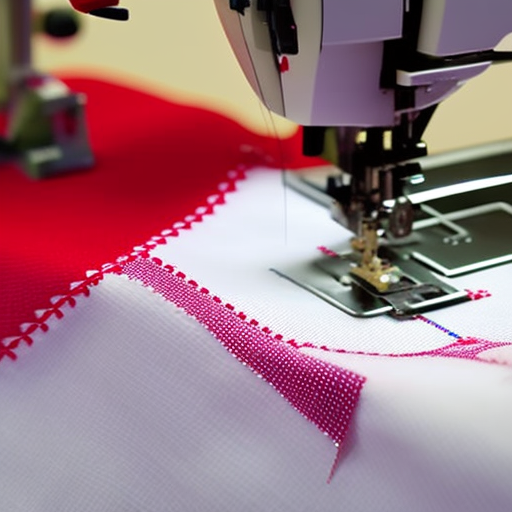
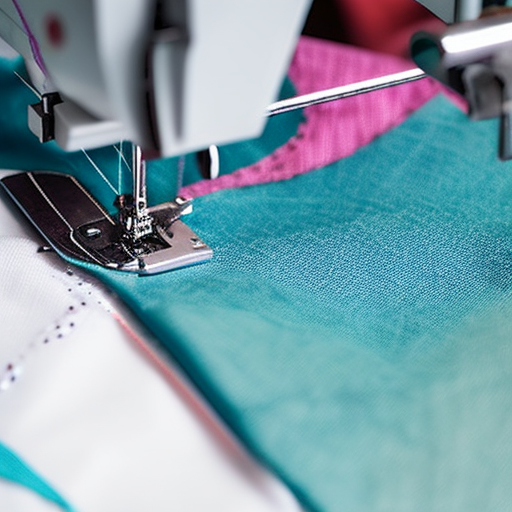
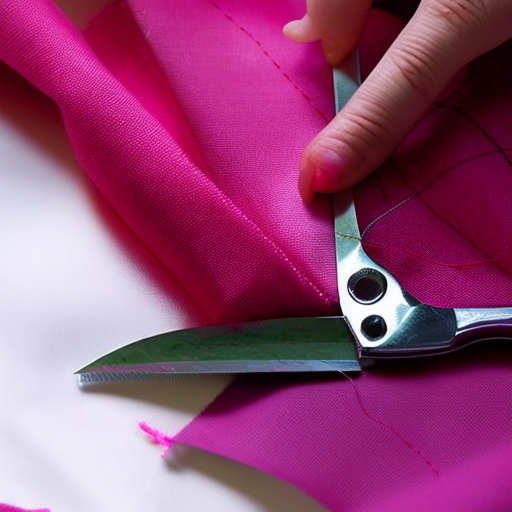
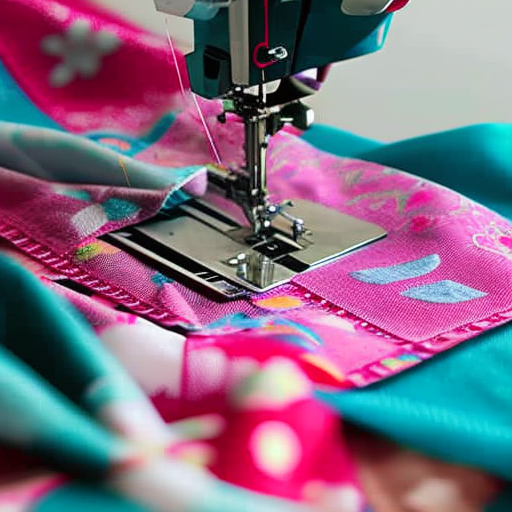
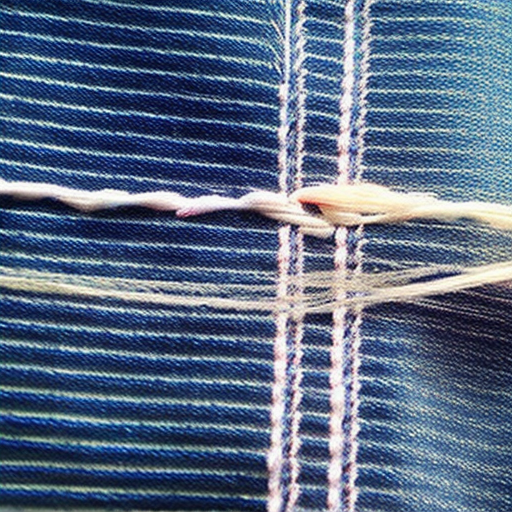
Yes, absolutely, back stitching provides a more sturdy finish for your project.
Max Dual: Not necessarily. You could finish off your seams with an overlocker.
It’s important to back stitch when sewing for a strong seam, but there are other options like an overlocker that can also be used to finish off seams.
Definitely helpful to think what you want the end result to be, then choose the most appropriate finish!